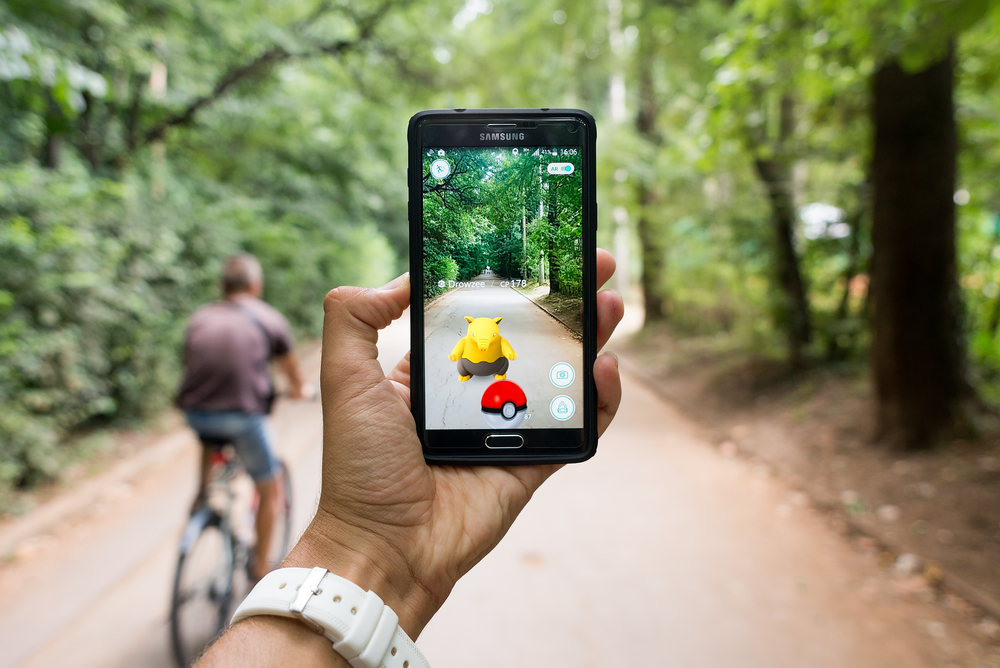Have you ever imagined that your illustrations become three-dimensional? Even more, they come to life and start interacting with your readers. This all is possible when you use augmented reality. Let’s see how it works.

Everyone has heard about Pokémon Go, the game where players have to walk through physical locations to catch virtual Pokémon. They see Pokémon on the screens of their smartphones overlaid on the everyday objects like lawns, statues, lakes, backyards and others. The technology that powers this game is augmented reality and it allows to combine the real world with any models using displays of smart devices.
Does it apply to books such as children’s tales? Sure, it does for every book that has an illustration. Augmented reality is the bridge that turn smartphones from a rival technology into a complementary one. This way, you can design books that combine text, pictures and digital content helping tell more using the same number of pages.
Augmented reality is not just visualization (of course, it matters too). The most demanded feature of an augmented reality book is interactivity. Children books – and not only they – become as much interactive as possible ever making readers spend more time on them.
Here are just a few examples of how books can be significantly improved when using augmented reality-based mobile apps.
Course books. Now, students can not just only see illustrations but watch the models from all angles to make an improved image of the subjects. It is best suited for biology, geography, chemistry and other disciplines where real world objects are substituted with abstract descriptions.
Atlases. The same as with course books, atlases are designed to represent some objects in all possible details. This is where an accurate 3D picture will tell more, showing the features of the area or the object more precisely.
Coloring books. Coloring books will be more fun when children will see the model in exactly the same color they have just colored, make snapshots, post to social networks, and play mini-games using smartphones or tablets afterward.
Pop-up books. 3D books of the pre-smartphone era. Now, you can touch, rotate and move static pictures, download additional information and play short videos.
Live puzzles. When the puzzle is ready – just put your smartphone camera on it and you can see a 360-degree image of what you have done, zoom and rotate it.
Play cards. They can be turned into battlefields to use the creatures pictured on them for various gameplays.
Therefore, augmented reality is one of the most demanded trends. Using augmented reality technology you can create a custom mobile app that will use your readers’ smart devices to show vivid, amazing illustrations while engaging their imagination.
Augmented reality can improve almost every story making it visual and interactive. It is the next publishers’ frontier and a new revenue source.
